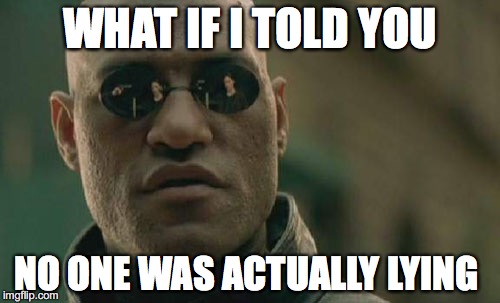Their network, their rules
Much of the equipment and wires that the internet runs on is privately owned, nor is it a public utility in the traditional sense. The owners of the property have a lot of leeway to do what they like with that property. Yes, there are standards, but the standards are about interoperability. They describe things you have to do in order to exchange traffic with other entities. They do not dictate internal policies or processes.

As the owners of the equipment, companies have a lot of discretion about what they allow on their network, hence their network, their rules. As an example, both Twitter and Facebook are well within their rights to deny or allow traffic on their networks, no matter what the rest of us think about it. As they are not interoperating with other social networks, they make the rules.
This lack of interoperability extends to inbound email filtering as well. The filters can block any mail for any reason, and the sender has no real recourse. There are, of course, folks who can make changes to filters, but they are recipients, customers and business priorities of the filter maintainer.
Recipients are the final arbiters of what mail they want or don’t want. Many of the consumer mail filters are tuned to parse whether a mail is wanted or unwanted based on signals from the recipients. These aren’t the only signals used, mail has to be safe and come from a well behaved MTA. But most of the consumer ISPs care about keeping their users happy.
This is why so much advice, from myself and others, relies on getting the users to interact with the message. Most of the providers want users to be happy and so they will listen when users start complaining. Some providers, like Microsoft, even have formal processes to gather feedback from users on the accuracy of their email filters.
For business filters, customers are the primary driver. Most business filters, even those maintained by consumer ISPs, have an extra layer of filtering. This layer sits on top of the filters sent out to all customers, allowing each individual company to control their own incoming mail. Filtering priorities are set by the company.
Filters do what they’re told to do. Ultimately, business needs and priorities drive what filters do. The reason they can is because mail servers are private property and the owners can manage them the way they want to.
Your server. Your rules.
